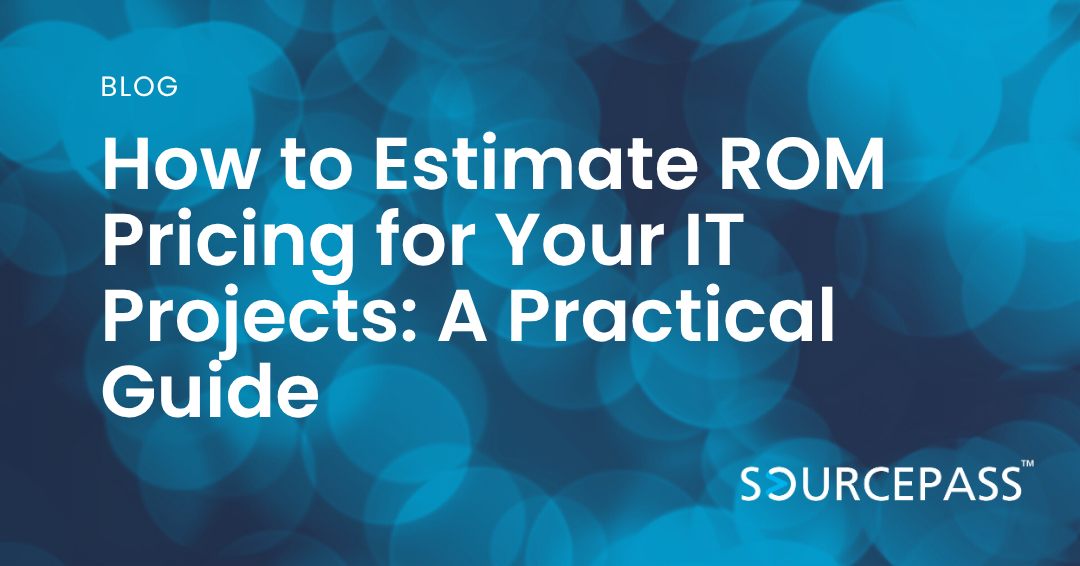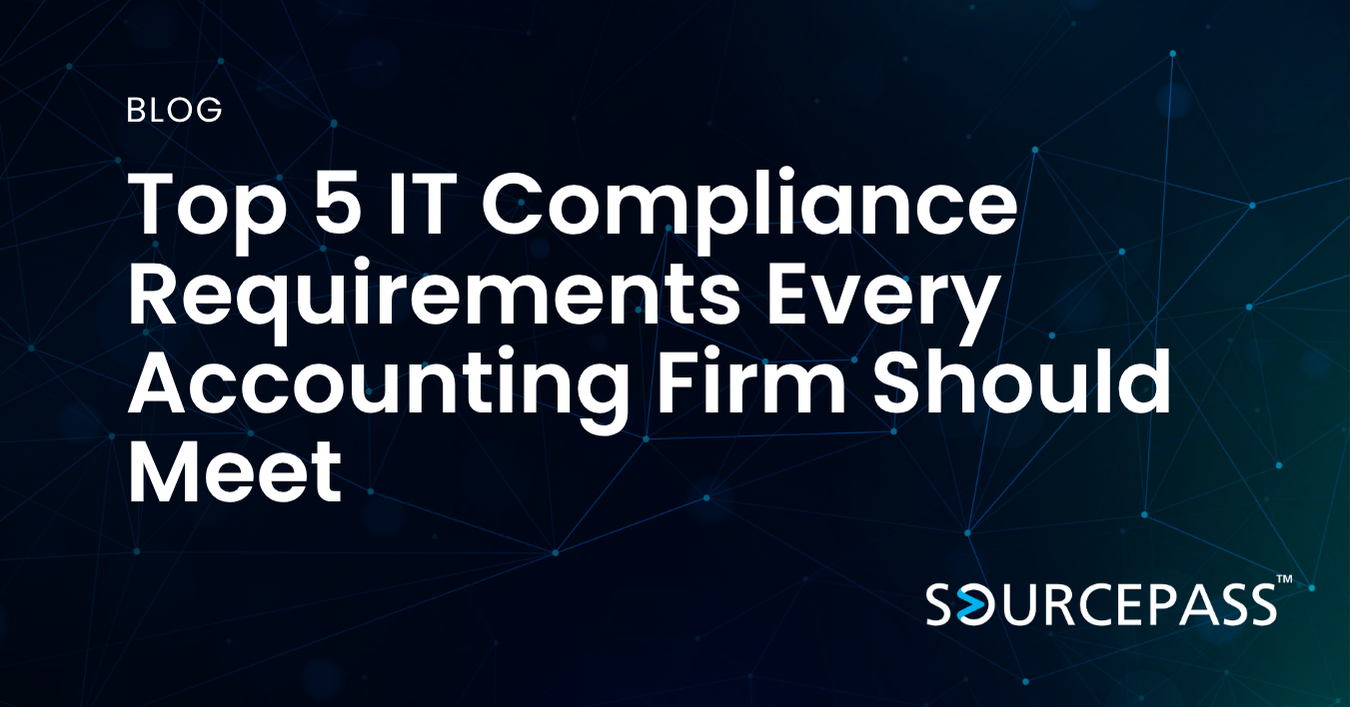How to Estimate ROM Pricing for Your IT Projects: A Practical Guide
Jul 16, 2025 Alex Davis Costs & Budget 2 min read



When you’re in the early stages of planning an IT project — before you have all the technical details nailed down — you still need to answer a critical question:
How Much is My IT Going to Cost?
Great question! Enter the Rough Order of Magnitude (ROM) estimate.
ROM budgeting gives business leaders a ballpark number early in the planning process, so you can make smarter, faster decisions about whether — and how — to proceed.
In this guide, we’ll break down what ROM pricing is, why it matters, and how you can estimate it practically for your IT initiatives.
What Is ROM Pricing?
A Rough Order of Magnitude (ROM) estimate is an early-stage cost projection designed to provide a high-level guess of what a project might cost.
ROM estimates are typically:
- Created before full project scoping and technical design
- Based on experience, historical data, and reasonable assumptions
- Expressed with a wide accuracy range (typically ±25% to ±50%)
Think of ROM as your "first-pass" budget — enough information to:
- Justify (or reject) further planning
- Compare options
- Set expectations with stakeholders
- Begin preliminary budgeting conversations
It’s not final. It’s not detailed.
But it’s essential for good decision-making.
Why ROM Estimates Are Crucial for IT Projects
Technology projects are infamous for budget surprises, and a lot of it stems from skipping early-stage financial planning.
A ROM estimate helps you:
- Avoid "sticker shock" later
- Secure executive buy-in earlier
- Prioritize projects based on available resources
- Allocate rough budget reserves ahead of detailed design
- Quickly eliminate ideas that are financially impractical
In short, ROM pricing brings financial reality into your innovation process.
How to Create a Practical ROM Estimate
Here’s a simple 5-step process to develop a realistic ROM for your IT project:
1) Define the High-Level Scope
Start by outlining what you want to achieve, even if the "how" isn't fully designed yet.
Examples:
- "Migrate all on-prem servers to Microsoft Azure."
- "Implement a new CRM for 50 users."
- "Upgrade cybersecurity defenses to meet insurance requirements."
Clear goals — even without detailed specs — help anchor the cost estimate.
2) Identify Major Cost Components
Break the project into broad categories:
- Hardware purchases
- Software licenses
- Cloud services
- Implementation labor
- Project management
- Training and adoption support
- Ongoing maintenance costs
You don’t need final vendor quotes yet — just recognize the major building blocks.
3) Apply Benchmark Costs
Use available resources like:
- Historical data from similar past projects
- Vendor pricing calculators (many cloud providers offer these)
- Industry benchmarks
- Input from IT partners or consultants
Estimate each component with a range, not a single number (e.g., $50,000–$75,000 for cloud migration labor).
4) Factor in Contingency
Because ROM estimates are inherently uncertain, add a contingency buffer — usually 25%–50% depending on complexity and unknowns.
This protects your budget and acknowledges that early-stage assumptions often shift during detailed design.
5) Communicate the Estimate and Its Limitations
When you present the ROM estimate:
- Be clear it's a rough, planning-level number
- Explain the assumptions behind it
- Share the estimated accuracy range
- Emphasize that final pricing will come after detailed scoping
Setting the right expectations now avoids confusion (and disappointment) later.
ROM Example: Cloud Migration Project
|
Cost Component |
ROM Estimate |
|
Cloud licensing (year 1) |
$18,000–$25,000 |
|
Migration services |
$50,000–$70,000 |
|
Security upgrades |
$10,000–$15,000 |
|
Training and adoption |
$5,000–$8,000 |
|
Contingency (30%) |
+$24,900–$35,400 |
Total ROM Range: $107,900–$153,400
This gives leadership enough information to decide whether to greenlight detailed planning — without waiting months for a final project plan.
Pro Tip: ROM Isn't One-and-Done
As your project moves forward:
- Replace ROM estimates with more accurate scoping estimates
- Update cost projections at each stage gate
- Narrow the range as details become clearer
A great IT roadmap process (hint: you should have one!) incorporates regular budget revalidation.
Rough Order of Magnitude Pricing isn’t About Perfection
It’s about giving yourself — and your stakeholders — a clearer, faster path to informed decision-making.
Whether you're evaluating a cloud migration, a cybersecurity overhaul, or a new business application, taking the time to create a ROM estimate can save you time, money, and credibility down the road.
At Sourcepass, we help businesses scope, estimate, and execute IT projects with predictability and confidence — from first conversation to final delivery.
Subscribe To
Sourcepass Insights
Sourcepass Insights
Stay in the loop and never miss out on the latest updates by subscribing to our newsletter today!
.png?width=500&height=100&name=White%20Logo%20-%20Transparent%20Tag%20(3).png)




